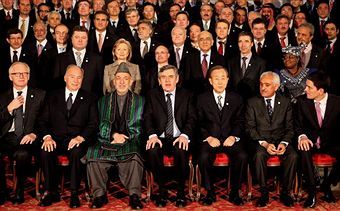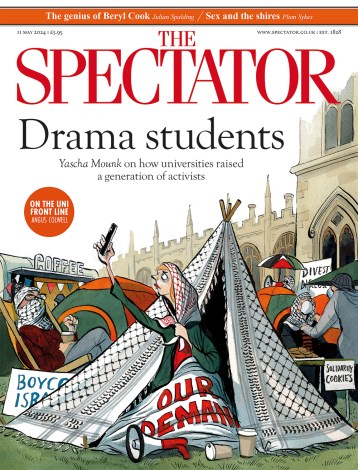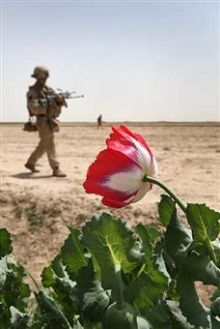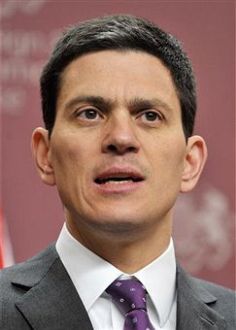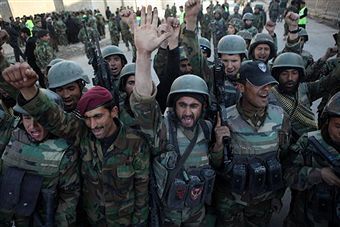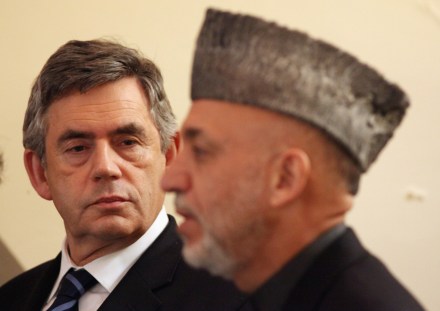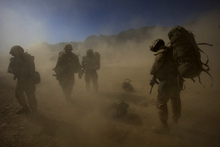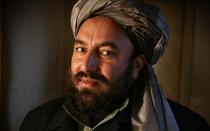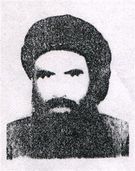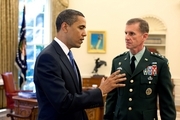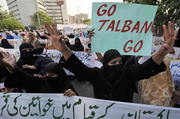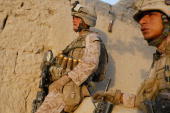Is the West rich enough to buy the Taliban?
The Lancaster House conference commences this morning and NATO Secretary General Anders Fogh Rasmussen has penned a stupefyingly worthy article in the Times, playing the same old tunes about the intention to ‘improve governance, fight corruption and bring Taleban fighters back into society if they are ready to lay down their arms.’ The Afghanistan mission has clarity of purpose in that attempts to build a democracy have been abandoned in favour of establishing lasting Afghan security. The nascent strategy relies too heavily on the Afghan National Army; as Daniel Korski notes, the non-ideological Taliban, those inscrutable soldiers of fortune, will facilitate or undermine stability. Richard Holbrooke is adamant that: “The overwhelming majority of
